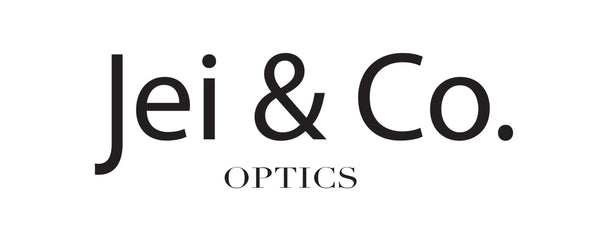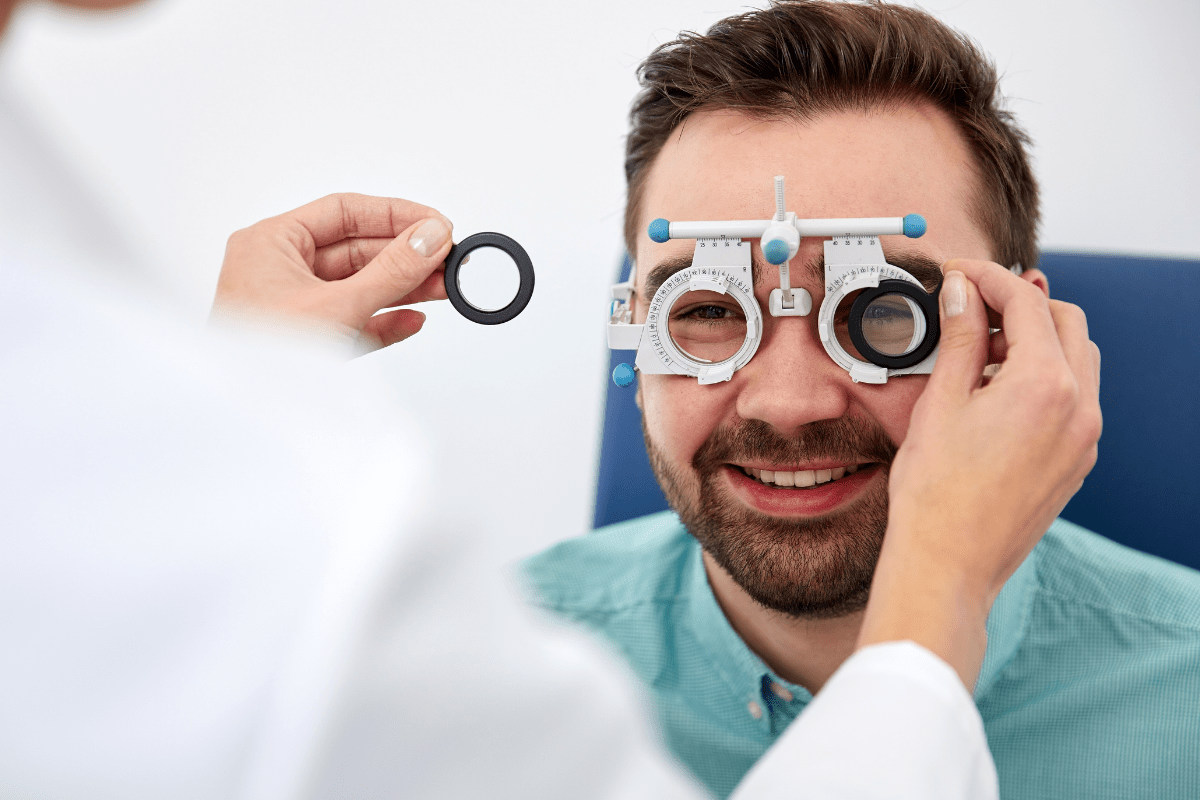A sight test is a computerized examination of how the eyes bend and focus light to generate a picture on the retina is known as an automated refraction (sight test). The method has been scientifically validated as a safe, repeatable, and reliable test. It tests and measures visual acuity using equipment and a sophisticated computer application.
It also evaluates whether or not corrective glasses would help clients see more clearly, as well as the lens strength required.
Here are qualifications in order for a patient to be qualified for a sight test.
Here are the following qualifications:
> The client is between the ages of 19-64
> The client has had at least one eye health examination since attaining the age of 19 years or one one eye health examination since attaining the age of 40 years.
> The client’s lens power is not higher than +/-6.00 dioptres in either eye.
> Prism must not exist on client’s old lens prescription
> Color- blind test/ Ishihara test : a color blindness test in which the patient is asked to differentiate numbers printed in coloured dots on a background of spots of varying colors.
> Stereopsis Test/ Depth Perception test: This test is specifically for use with children and adults to aid in the diagnosis of disorders such as Amblyopia, Strabismus, Suppression, and Stereopsis.
> Visual Acuity Test: A visual acuity test is an eye exam that checks how well you see the details of a letter or symbol from a specific distance.
To ensure public safety, the College of Opticians of British Columbia have established qualifications, standards, and tight criteria for automated refraction. Only automated refracting Licensed Opticians who have been trained to do sight testing safely and successfully are allowed to assess visual acuity.


